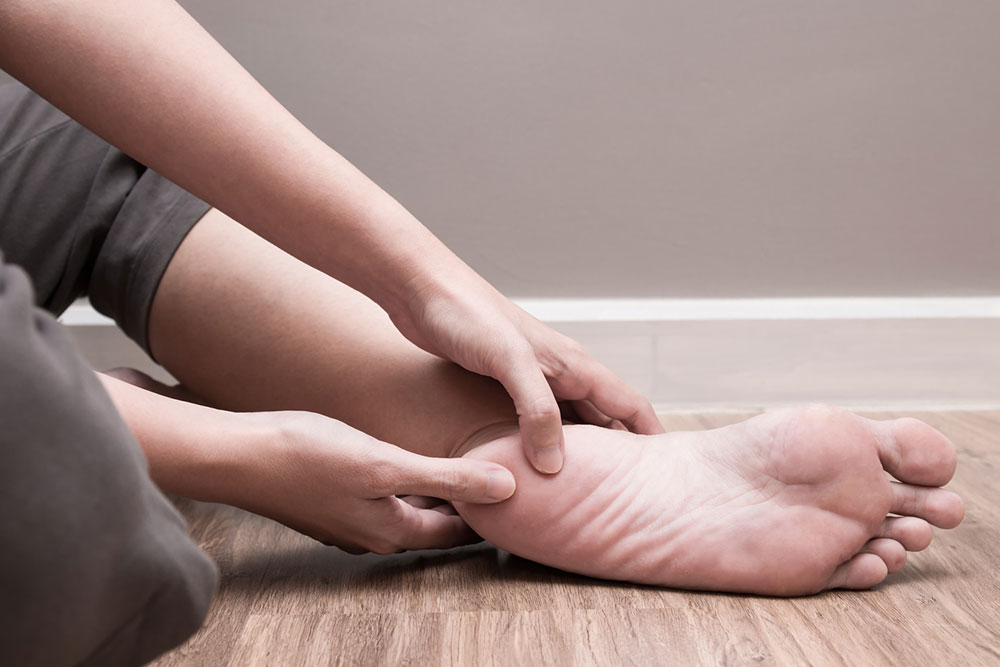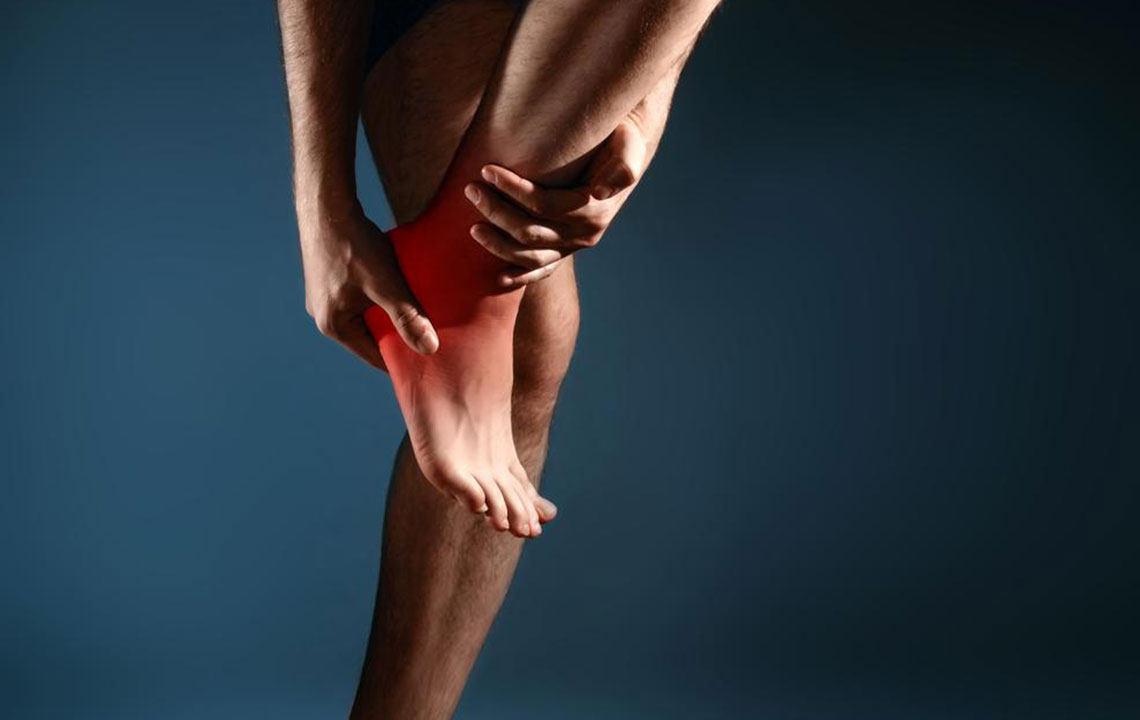Comprehensive Guide to Common Types of Foot Pain and Their Causes
Foot pain affects a significant portion of adults and can stem from various causes such as inflammation, nerve compression, or degenerative conditions. Recognizing different types like plantar fasciitis, tarsal tunnel syndrome, and arthritis is crucial for effective treatment. This comprehensive guide explores common foot pain types, their symptoms, causes, and recommended treatments, emphasizing early diagnosis to prevent worsening and ensure quick recovery. Proper footwear, lifestyle adjustments, and medical intervention are key to maintaining healthy, pain-free feet for optimal mobility and daily functioning.

Understanding Foot Pain: Recognizing Types and Root Causes
Foot pain is a prevalent health issue that affects millions of adults worldwide. Many individuals, regardless of age or activity level, experience some form of foot discomfort at various points in their lives. According to recent studies, approximately 17% to 42% of adults report suffering from foot pain, highlighting the widespread nature of this condition. The complexity of foot anatomy and the variety of potential causes make diagnosis challenging, yet early identification is crucial for effective treatment.
The foot is a complex structure composed of bones, muscles, tendons, ligaments, nerves, and connective tissues. Any imbalance, injury, or degeneration within these components can lead to discomfort, impacting mobility and overall quality of life. Chronic or acute foot pain can hinder daily activities, reduce mobility, and even lead to compensatory problems elsewhere in the body if left untreated.
Understanding the different types of foot pain and their underlying causes is essential for proper diagnosis and management. This comprehensive guide aims to shed light on common foot conditions, their symptoms, and ways to address them effectively.
Below, we explore the most common types of foot pain, their causes, and suggestions for treatment options:
Plantar Fasciitis - One of the leading causes of heel pain, plantar fasciitis involves inflammation of the plantar fascia, a thick band of connective tissue running along the bottom of the foot, supporting the arch. This condition typically causes severe pain upon waking, which often diminishes with activity but can worsen after prolonged standing or activity. Risk factors include high-impact sports, improper footwear, obesity, and prolonged standing jobs.
Tarsal Tunnel Syndrome - This condition results from compression or irritation of the posterior tibial nerve within the tarsal tunnel, located near your ankle. Symptoms include burning, shooting pain, tingling sensations, and numbness, primarily affecting the inside ankle and the top of the foot. The discomfort often intensifies during nighttime, and factors like ankle injuries, flatfeet, or overpronation can contribute to this nerve entrapment.
Metatarsalgia - Characterized by pain and inflammation in the metatarsal region (the ball of the foot), this condition causes sharp, aching discomfort that worsens with standing, walking, or wearing tight footwear. Factors such as high-impact activities, foot deformities, or wearing high heels can precipitate this condition.
Morton Neuroma - This involves thickening or swelling of the nerve tissue between the third and fourth toes. Patients often report a burning, shooting pain, numbness, or a feeling of a pebble in their shoe. It commonly results from tight shoes, high heels, or abnormal foot biomechanics like overpronation.
Tendonitis - Tendonitis in the foot results from overuse, repetitive strain, or improper footwear, leading to inflammation of tendons. This causes localized pain, especially over the top of the foot and ankle. Commonly affected tendons include the extensor tendons and those supporting the arch.
Sinus Tarsi Syndrome - Inflammation the sinus tarsi (a small cylindrical cavity located between the talus and calcaneus bones) leads to pain on the outer ankle and top of the foot. It often arises from ankle sprains, injuries, or flatfoot deformities. Symptoms include instability, pain, and swelling in the affected area.
Arthritis - Degenerative joint disease affecting the foot involves cartilage deterioration, leading to swelling, stiffness, and persistent pain. Conditions like gout or rheumatoid arthritis frequently contribute to foot arthritis, especially in the midfoot or toe joints. This form of arthritis can severely impair mobility and functional capacity.
Ingrown Toenails - This common ailment occurs when the edges of a toenail grow into the surrounding skin, causing pain, redness, swelling, and sometimes infection. Improper nail trimming, tight footwear, or trauma often cause ingrown toenails, which require proper care to prevent complications.
Persistent or severe foot pain warrants professional medical evaluation. Consulting a healthcare provider ensures accurate diagnosis, effective treatment, and strategies to restore optimal mobility and alleviate discomfort. Early intervention can prevent the progression of many foot conditions and promote quicker recovery.
Since foot pain can stem from a myriad of causes, recognizing symptoms and seeking timely medical advice is vital. Implementing proper footwear, stretching routines, and lifestyle modifications can help manage or prevent many foot ailments. In cases of chronic issues, personalized treatment plans including physiotherapy, medication, or even surgical options might be necessary to achieve long-term relief.





